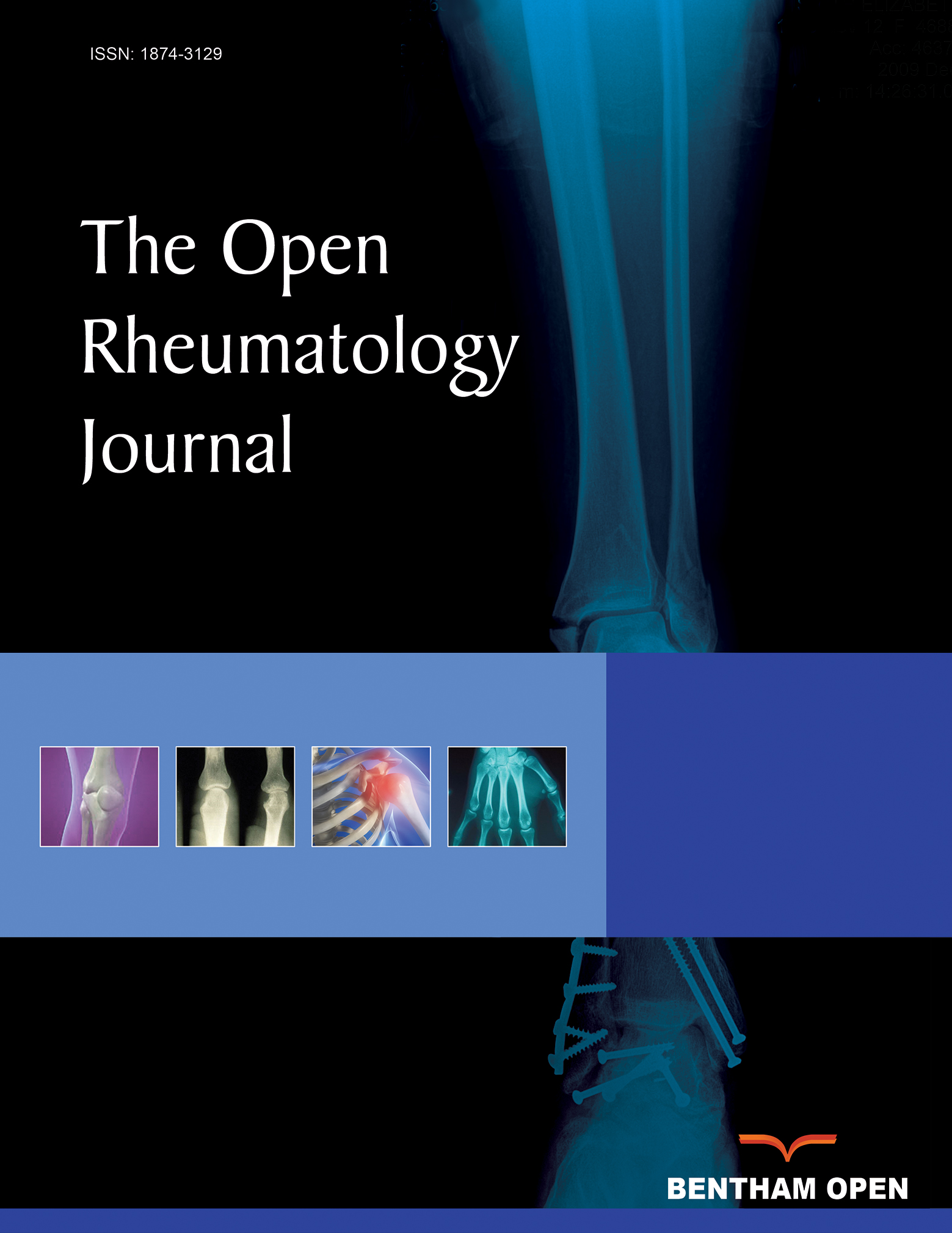All published articles of this journal are available on ScienceDirect.
Work Disability in Scleroderma is Greater than in Rheumatoid Arthritis and is Predicted by High HAQ Scores
Abstract
Objectives
To estimate the frequency of work disability (WD) in a cohort of patients with Systemic Sclerosis (SSc) vs an internal control group of patients with rheumatoid arthritis (RA) with a known high frequency of WD; and to investigate the association between WD and other factors including Health Assessment Questionnaire Disability Index (HAQ-DI) scores, HAQ pain, age, sex, disease duration and education level.
Methods
Cross-sectional data on WD status were obtained from a questionnaire sent to all SSc (n = 35 limited [lcSSc], 26 diffuse [dcSSc]) and a subset of RA patients (n=104) from a rheumatology practice. WD data, HAQ-DI scores, and demographic/clinical features (age, sex, high school education, disease duration and SSc disease subtype [dcSSc vs lcSSc]) were recorded.
Results
The proportion with WD was 0.56 in SSc (95% CI: 0.43-0.68) vs 0.35 in RA (95% CI: 0.25-0.44), p= 0.009. HAQ-DI scores were significantly higher in work-disabled SSc and RA patients vs those who were employed (p=0.0001, and p <0.0001). Multivariate logistic regression analysis demonstrated that higher HAQ-DI scores (β=1.78, p <0.001), disease type (dcSSc, lcSSc, RA) (β=1.32 for dcSSc, p=0.032), and self-reported disease duration (β=0.04, p=0.042) were significantly associated with WD (R2=0.311). Adding a work-related factor (self-reported physically demanding work) improved the regression model (R2=0.346) and strengthened the HAQ-DI (β=1.86, p <0.001) and lcSSc (β=1.24, p=0.024) coefficients.
Conclusion
The frequency of WD in SSc was high and was greater than in RA. SSc (and dcSSc) had significantly more WD than RA. The HAQ-DI was strongly associated with WD in SSc


